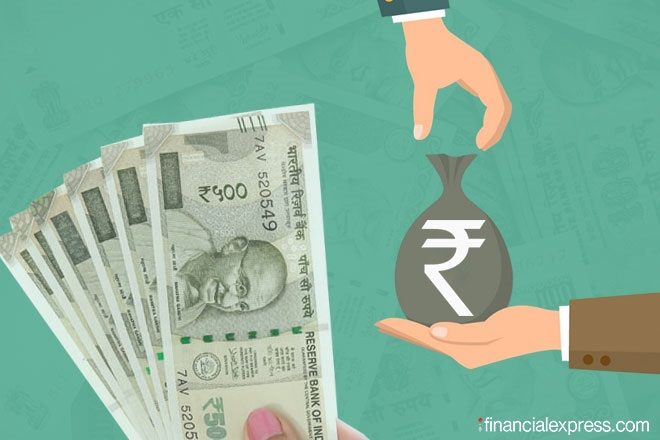The Reserve Bank of India (RBI) on Wednesday made it mandatory for banks to link interest rates on all floating-rate loans to retail and micro, small and medium enterprises (MSME) borrowers to an external benchmark in order to improve transmission of rate cuts in the system.
Starting October 1, banks must price these loans to either the policy repo rate or the three- or six-month treasury bill yield published by the Financial Benchmarks India Private (FBIL). Any other benchmark market interest rate published by the FBIL will also be eligible for the purpose.
The move could give a fillip to the sagging consumption by making new retail and MSME loans cheaper, as there are no real chances of the benchmark rates going up in the short term. Floating-rate retail loan products linked to the repo rate are now up to 35 basis points cheaper compared to the regular marginal cost of funds-based lending rate (MCLR)-linked products.
Some could, however, view the RBI’s move, which has been in the offing for a while, as one that amounts to cutting the discretion of bank managements in taking commercial decisions. After all,
banks are not actually free to cut savings deposit rates and so, the new dispensation could aggravate their asset-liability mismatch.
Of course, under prodding by the government and RBI, many PSBs have recently decided to launch repo-linked home and vehicle loans, while State Bank of India (SBI) had earlier linked its savings accounts with balances of over `1 lakh and cash credit and overdraft limits to the repo rate. Among private banks, Federal Bank is the sole lender to have already launched repo-linked loans.

While the rate of expansion of India’s gross domestic product (GDP) fell to a 25-quarter low of 5% in Q1FY20, private consumption suffered the biggest blow with year-on-year growth of just 3.1%, the lowest since Q3FY15. There has been a swift slide in private consumption since the second quarter of last fiscal when it grew at 9.8%.
The RBI has cut the benchmark lending rate by 110 basis points since February but banks have transmitted only a fraction of that. Governor Shaktikanta Das has been vocal about the need to speed up monetary policy transmission.
The latest RBI notification is the culmination of a process that began in late 2017 with the submission of the Janak Raj committee report, which had recommended the linking of bank lending rates to a market benchmark.
The report had flagged off inadequate transmission through the older base rate and marginal cost-based lending rate (MCLR) systems and prescribed that one of three external benchmarks be used for the purpose of determining interest rates.
The central bank has specified that in order to ensure transparency, standardisation, and ease of understanding of loan products by borrowers, a bank must adopt a uniform external benchmark within a loan category. “…in other words, the adoption of multiple benchmarks by the same bank is not allowed within a loan category,” it said in the circular. This means that most banks who have launched repo-linked loan products will have to discontinue the existing MCLR-based product altogether.
Further, the interest rate under external benchmark shall be reset at least once in three months, as against the extant norm of a one-year reset period. Existing loans and credit limits linked to the MCLR/base rate/benchmark prime lending rate (BPLR) shall continue till repayment or renewal, as the case may be.


